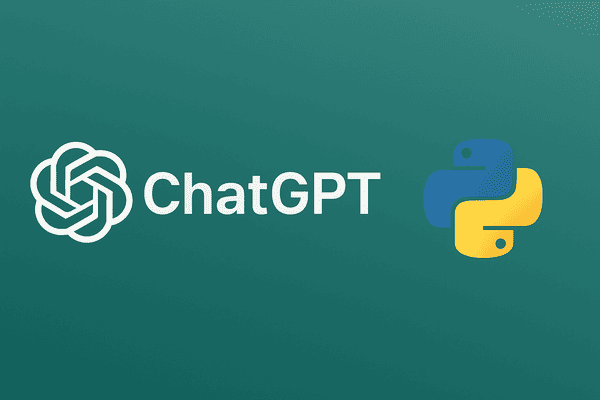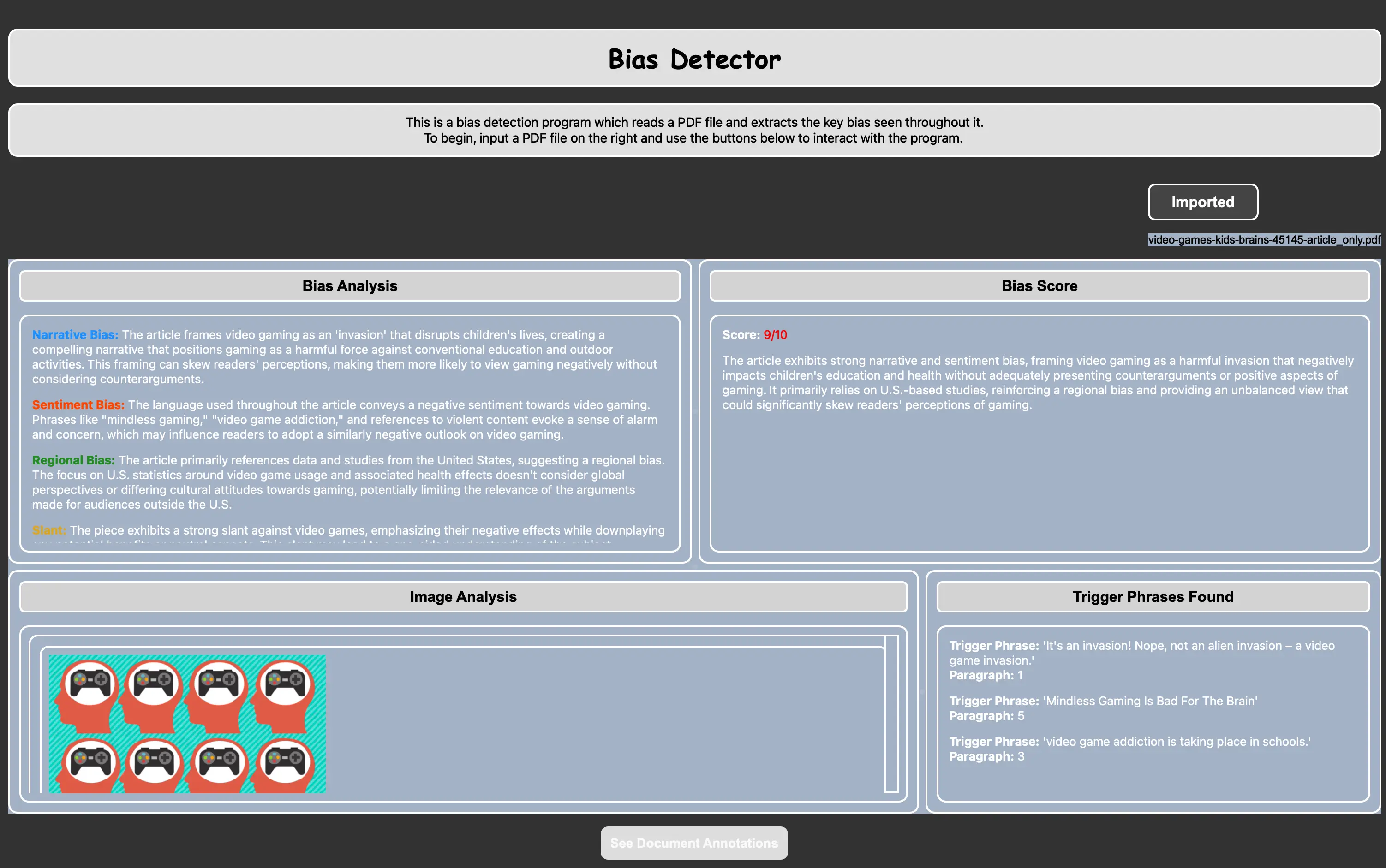
Rearc-Cast: AI-Powered Content Intelligence System
Learn how we built Rearc-Cast, an automated system that creates podcasts, generates social summaries, and recommends relevant content.

Hi, I'm Milan Patel. I'm currently an undergraduate Computer Science student at Rutgers University, New Brunswick. I was a Artificial Intelligence/Data Science summer intern at Rearc from June to August, 2025.
The program I created is an AI-powered bias detection program, which takes inputted pdfs and extracts different forms of bias found (narrative, sentiment, slant, coverage depth, etc.). This program makes it easier for the publisher to be able to tell what types of opinion-based ideas are being displayed before the text is open for the public to read. It will pinpoint key phrases and ideas that are affecting the overall bias and display why and how it found these phrases.

In today’s world, where information is constantly being shared and consumed, maintaining objectivity is more important than ever. However, persuasive language and subtle bias can often go unnoticed by the human eye. That’s where artificial intelligence can step in. By using advanced algorithms, AI can read through the user's provided articles, identifying problematic phrases and potential bias without the risk of human error.
This Bias Detection Program is a valuable tool for a variety of users. Journalists and media organizations can use it to ensure balanced reporting. Publishers and educators can benefit from its insights to foster critical thinking and fair communication. Even businesses that regularly share information with the public can use it to maintain credibility and trust. No matter the field, this program helps uphold integrity in how information is presented.
The foundation of this Bias Detection Program is built on OpenAI’s GPT-4o-mini model, a powerful large language model that is perfect for the type of real time analysis necessary for running this program. This allows the program to maintain a high level of accuracy and relevance in its analysis.
To make the tool user-friendly and accessible, I developed an interface using the PyQt library. This choice enabled the creation of a clean, interactive GUI, complete with buttons and input boxes that make navigation simple for any user. One of PyQt’s important features, the "QFileDialog" function, also allows users to easily import and export documents directly from their folders.
Additionally, this program utilizes several subprocesses to enhance its functionality. With the help of the PDFMiner library, it efficiently extracts natural language from article PDFs, filtering out extraneous content. Additionally, the Pillow library is used to pull images directly from the inputted files, allowing the AI to evaluate visual elements for potential bias. This combination ensures a thorough analysis of both textual content and imagery from the user's given article.

The outcome of this project is a fully functional program which is capable of detecting multiple types of bias within an article simply by uploading a PDF of choice. Through careful prompt engineering with the Chat GPT-4o-mini model, the system is able to quickly analyze the content and highlight key areas where bias is present.
An important feature of this project is the user-friendly GUI, which enables seamless interaction with the tool. Users can easily access and run the various bias detection functions provided, with just a few simple clicks, making the program both efficient and accessible.
The final product also includes an export feature that allows users to save a new, annotated PDF. This output highlights the biased phrases the user intends on finding, and gives a summary for how those phrases were found. This function proves to be a valuable resource for anyone looking to better understand the language and structure of the information they’re consuming or sharing.

A special thank you to Michael Kaufman & Cristina Orlando for the support and oversight throughout this internship.
Read more about the latest and greatest work Rearc has been up to.

Learn how we built Rearc-Cast, an automated system that creates podcasts, generates social summaries, and recommends relevant content.

Overview of the Talent Pipeline Analysis Rippling app

An AI-powered bias detection program, which takes inputted PDFs and extracts the different forms of bias found (narrative, sentiment, slant, coverage depth, etc.).

The journey of building a serverless AI chatbot for Rearc.io
Tell us more about your custom needs.
We’ll get back to you, really fast
Kick-off meeting